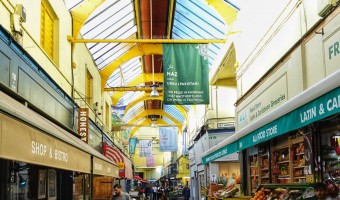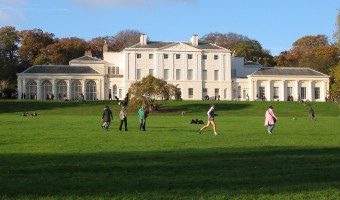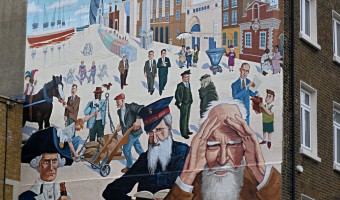Romans, Vikings, Dickens and a lot more
Southwark is a borough in South-East London and an area with many popular districts, including Bankside, Bermondsey, Borough and a lot more. Visitors looking to experience different ages of London’s history, from the times of the Viking invasions or when the city was part of the Roman empire along with some great modern landmarks will definitely find it here.
Over the last thousand years, there have been a lot of significant events that shaped London and made it the way it has become today. There are many fine historical examples illustrating this. For four hundred years, Britain was ruled by the Romans after Julius Caesar successfully conquered the Celts in 55 BC, and during that time a lot of infrastructures was built including a network of roads to some amazing architecture. Cities with 'Chester' or 'caster' in their names (Latin for fort) were Roman dwellings, for example, Manchester and Gloucester ’. A little later, in the 10th century, when the Vikings invaded Britain, the Norsemen created a trading post in an area that they called "Sydvirke". Today that area is now known as Southwark. It is a borough that has been highly significant in London’s history and visitors can still see some famous historical monuments such as Southwark Cathedral, the Globe Theatre and the Golden Hinde (the last two are replicas).
In the last century, there has been a lot of growth within the diverse community, which has produced an abundance of popular alumni originating from Southwark, such as popular comedian Charlie Chaplin, the legendary Michael Caine and the famous footballer Rio Ferdinand. The Lord Mayor of Dick Whittington was a regular visitor in Southwark in the 14th century and he changed the tannery industry (leather curing) dramatically with his ‘Apprentices Act’. Apparently many of the young boys were freezing to death when they washed the animal skins in the River Thames (which froze in Winter) and he created an Act of Parliament forbidding the practice. In the same century, a group of Kentish rebels led by Watt Tyler reached the gates of London Bridge to protest against the Poll Tax and attacked buildings in the city. They beheaded the Bishop of London and nailed his head to the gates of London Bridge. Hundreds of years later novelist Charles Dickens was a regular visitor when he visited his father regularly in Winchelsea Prison, once of the many of its types in Southwark.


During the 1990s the Borough of Southwark had a poor reputation and it was generally run down. Today Southwark is a borough that has a multitude of amazing landmarks that people around the world come to see and add to their London trip planner. There are also a great number of places that are well-known by the locals and deserve much more recognition. Fortunately, there are places that we have picked that should be added to your London Trip planner. Here are some of our favourite haunts:
Crossbones Graveyard:
Crossbones Graveyard had a popular nickname during the Middle Ages - the "Single Woman's Churchyard", a burial site for the fifteen thousand women that worked in the local ‘stews’ or brothels. Bankside was a popular site in those times as multiple activities/services that would be considered illegal within the City walls were legal and licensed by the Bishop, who acted as the Feudal lord of the area. Prostitutes would have been under the protection of the Bishop (as they earned him money), and the locals nicknamed them the "Winchester Geese". During the 1990s Jubilee line extension, part of graveyard was discovered, and in 2015 The Crossbones Garden of Remembrance opened. Therefore have been thousands of visitors that have visited the site.n the outside visitors are able to see the beautiful vigil, where people can place flowers and mementoes to honour those that are buried there. There is also a Pyramid where on one side is decorated with oyster shells, it is said to be the food of the poor as they were cheap and untaxed during those times.
The Hop Exchange
During the 19th century, there was a shift on how beer was created, from the simple dark and crude beer to the more exquisite and light beer such as lager and light ale that was more difficult to create. In London, the Hop Exchange acted as the single marker for hop dealing. Today it is now a beautiful venue, a place that can hold four-hundred people, a popular site for photography and filming and a lot more.
Menier Chocolate Factory
A site in Southwark that used to be a chocolate factory but has transformed into a theatre and restaurant. The Menier Chocolate Factory provides visitors with multiple types of plays, from comedy to revivals and musicals. In addition to the plays, there is also a restaurant that serves excellent dishes such as burgers, lamb rump, a classic carrot cake and a lot more.
The Clink
The Clink is the most infamous prisons in the world; a prison that held multiple famous criminals. It is also a place where many riots took place and as it stated/church-owned was one of the first places rioters burned down. From the Peasants revolt of 1381 to the Jack Cade rebellion of 1450 the Clink saw a lot of action Today the prison is now a museum and showcased visitors what it was like being a prisoner in the Clink.
Winchester Palace
Winchester Palace is one one of the most important pieces of architecture in medieval London, this building was the home of the powerful Bishops of Winchester. Unfortunately, a fire in 1814 destroyed the majority of the building. Today visitors will be able to see the remains of the effects of the fire and the amazing rose windows.


The Globe
The Globe is a replica of the popular theatre built in Southwark. It was free from the restrictions of the nearby City and had multiple productions from popular writers including William ShakespearShakespeare. In 1613, the theatre burned down due to a malfunction with the special effects. Today, the globe provides people with workshops, courses and performances, a great way to experience the work of Shakespeare.
In Conclusion
Southwark has contributed a lot for London's amazing culture, from the freedom it provided to theatres, taverns to the diverse community and is the site where the tallest building in the UK is located. Visitors wanting to experience the rich history of London and its modern landmarks will find it in Southwark.
 Southwark - a thousand years of heritage
Southwark - a thousand years of heritage

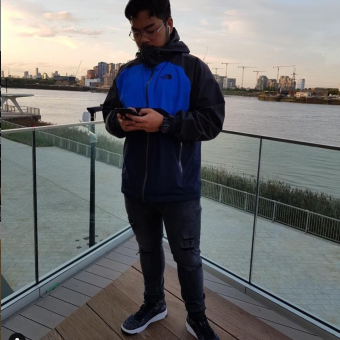
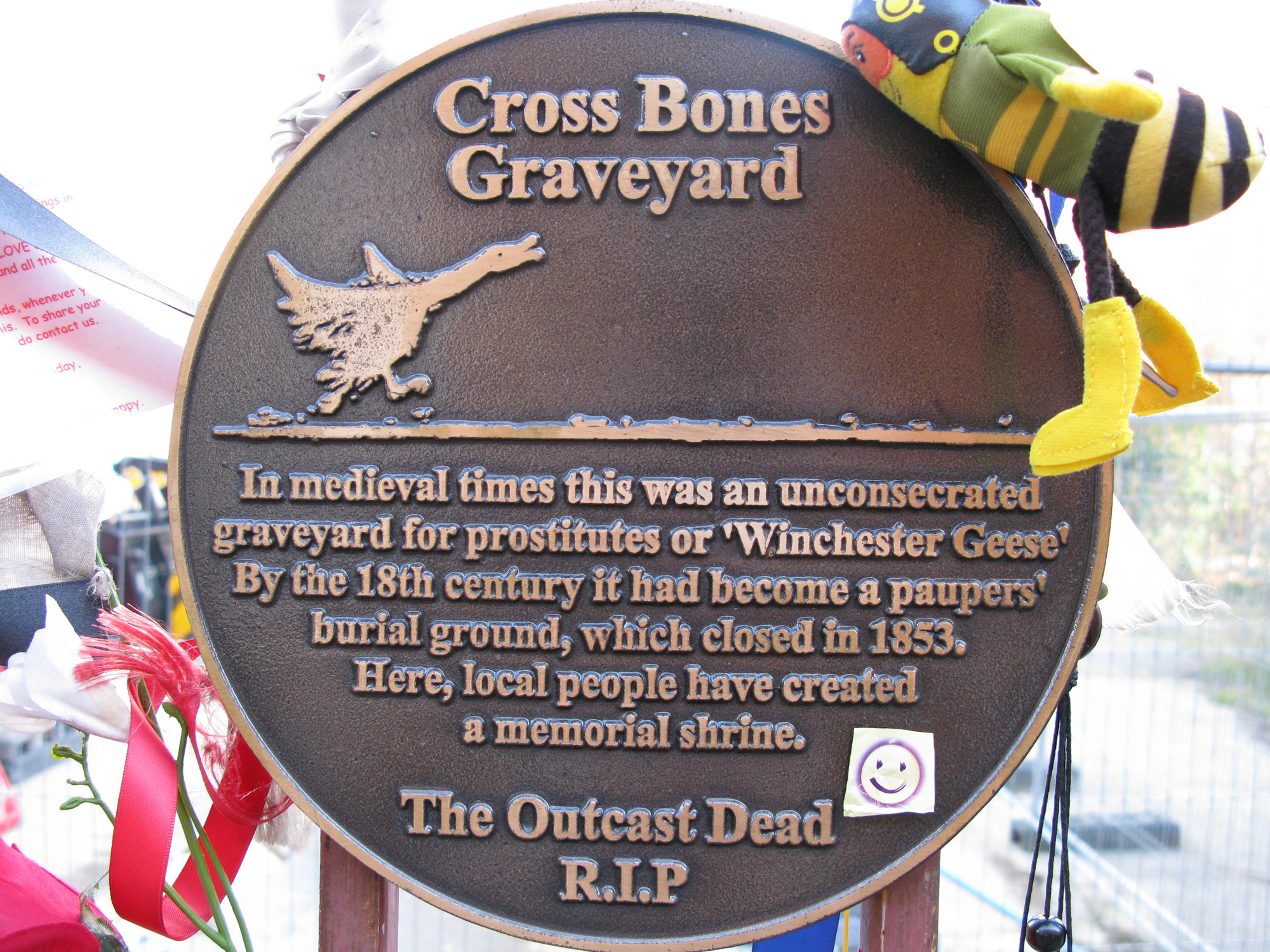
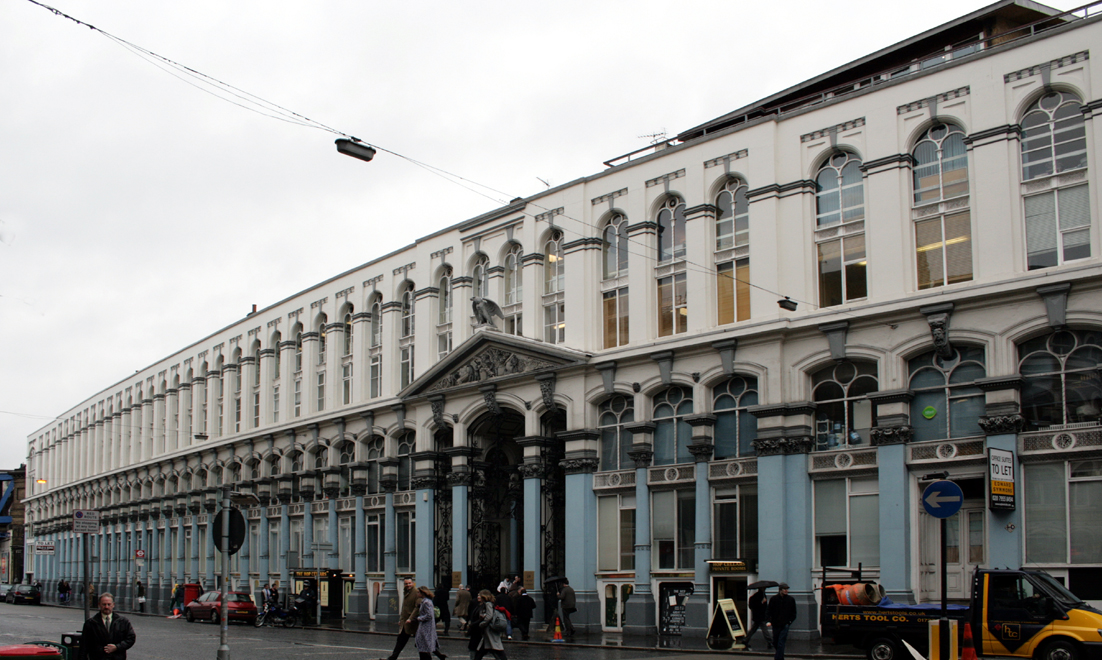
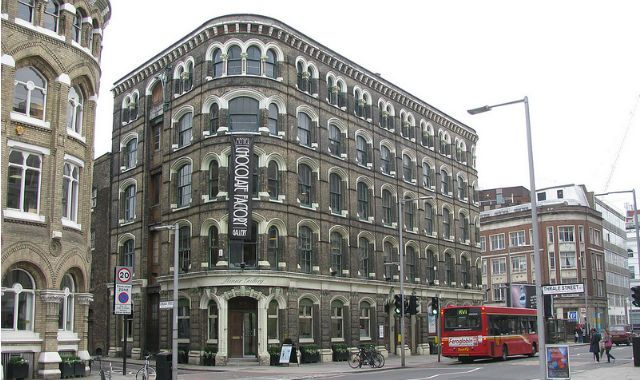
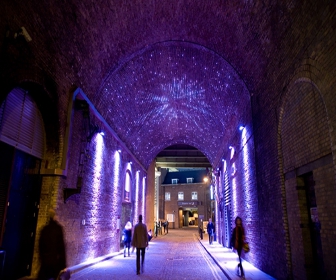
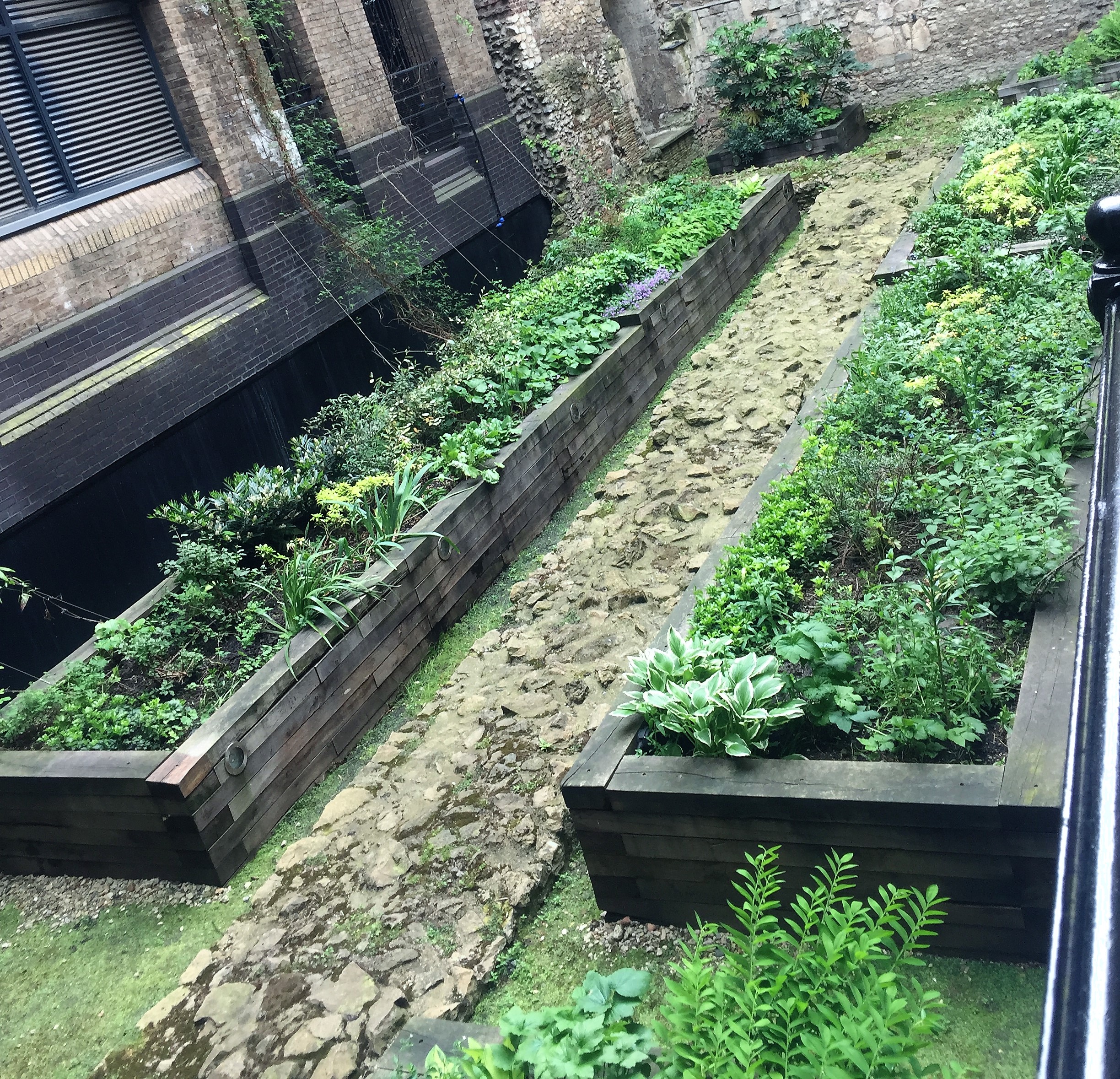
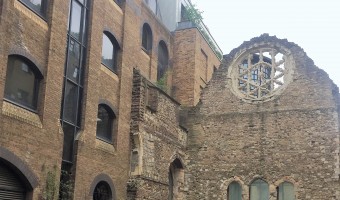
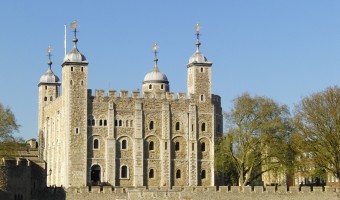
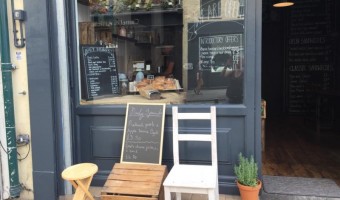
 Load more triptoids
Load more triptoids